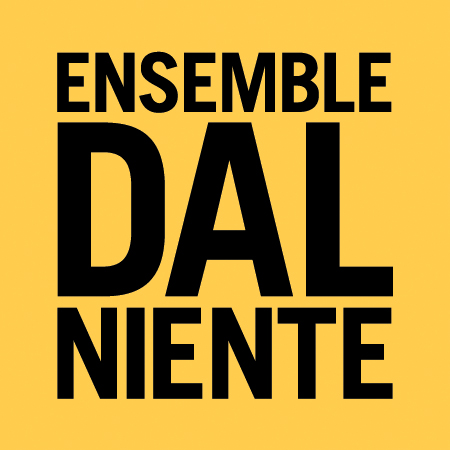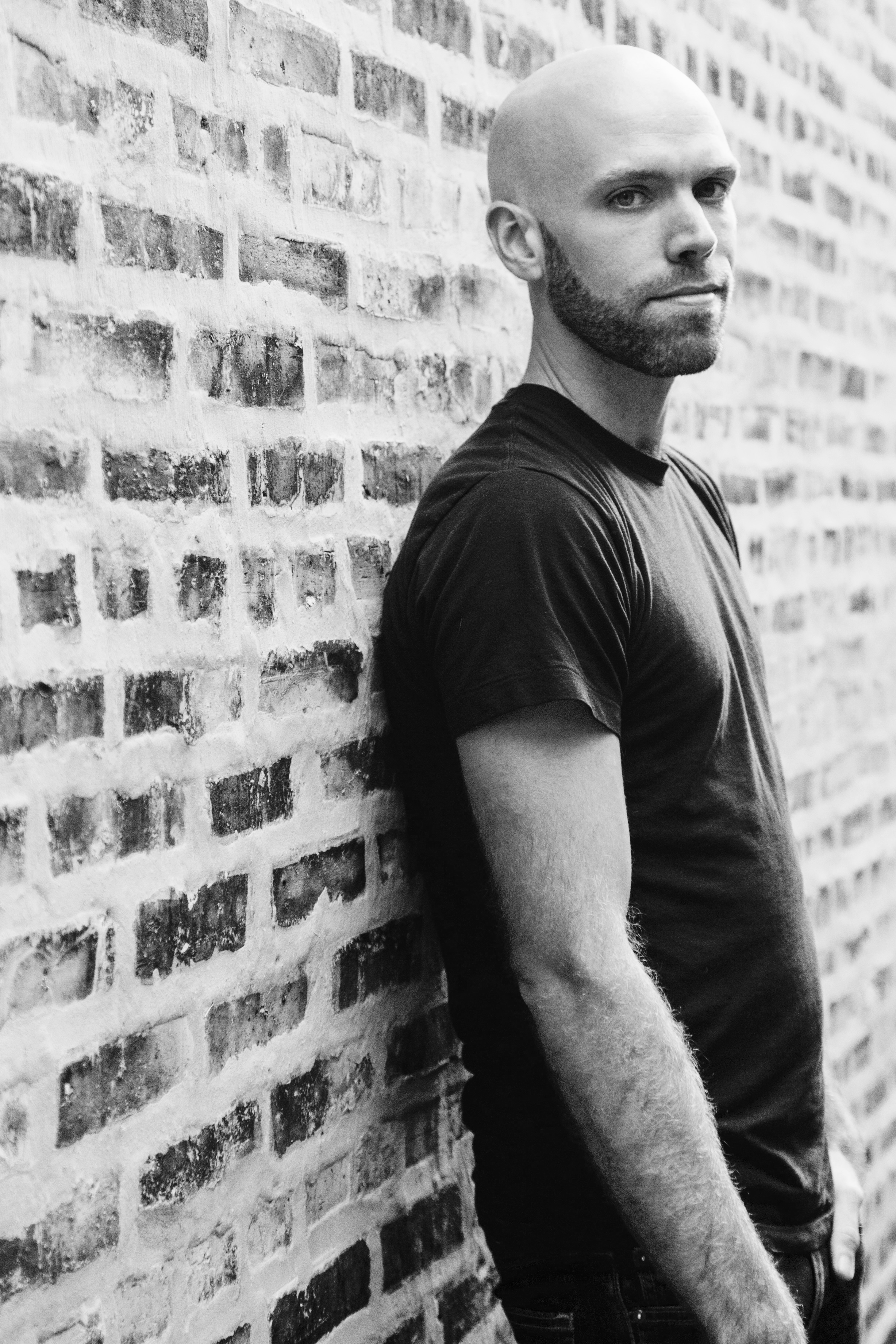One of the cornerstones of Party 2018 is “stutter-step the concept” by longtime ensemble friend (and fan) Chris Fisher-Lochhead. Originally premiered by Dal Niente at the Ear Taxi Festival, we’ll be playing an updated and expanded version on June 2nd. Dal Niente violist Ammie Brod chatted with CFL about his revision process, creative sources, and baroque object rotation.
Ammie: So we played this piece before, in 2016, but I know you’ve made some substantial revisions since then. Wanna talk about that?
CFL: I wrote stutter-step during a really chaotic period in my life - I was finishing grad school, working on my dissertation, and moving to a totally different part of the country - so my original creative process felt a little rushed and hectic. Basically, I liked the piece but I also knew I wanted to do more with it. In addition, I like it when creative processes are allowed to have multiple stages, and my revisions had more of an additive quality than anything like a total reworking. I wanted to layer more material on top of the structural skeleton I’d already built, to embellish and flesh it out, not to totally reconceive the piece.
Ammie: When we initially played this piece, I know we were all really struck by a sentence in the performance notes where you describe the piece as “a baroquely detailed physical object which is slowly rotating, exposing its many aspects,” and then you go on to talk about how the piece is a series of sonic “slices” of musical material. Those two ideas really form an interesting picture of the piece before it even gets going, and I’d like to talk about how you got there.
CFL: My basic approach to this particular piece came from a desire to consciously channel my love of hip-hop into a notated work. I intentionally drew on the tradition of building beats out of samples, discrete units of material, which are the “slices” I’m talking about. I love how hip-hop uses unexpected juxtapositions to create something new that can’t really be achieved through other means, and I wanted to use that idea to build a sonic surface like a mosaic of heterogeneous musical atoms. I mean, I don’t think anybody could reverse-engineer their way from my piece to hip-hop without knowing the connection, but there it is. The initial work was very pointilistic and intentionally didn’t smudge boundaries or create larger washes; it wasn’t really trying to go anywhere, but was instead an exploration of ways to look at the components that it’s built from. In this updated version, I did allow some amount of more intuitive creativity. Basically, I wanted to take the sampling technique and allow the ways in which those samples are combined to give rise to a fuller musical language. In my mind, I was thinking of this as an analog of the linguistic process of creolization, in which severed and decontextualized pieces of different languages integrate throughout generations to form a new systematic whole.
The way I intuitively crafted these embellishments on the slice structure feels reminiscent of improvisatory group dynamics. As an improviser myself, I've thought a great deal about how to create some sense of coherence and individuation within an ensemble where everyone is improvising. Of course, in this case, the level of detail and complexity that is prescribed in the score is totally unlike the ethos of freedom in improvised music; but, for me, both approaches serve a similar purpose. Reflecting on this kinship between improvisation and notational complexity reminds me of a personal epiphany I had in my early twenties. At the time I was really anti-complexity, but one morning as my music library was playing on shuffle, I ended up hearing John Coltrane's Sun Ship and Brian Ferneyhough's Second Quartet back-to-back. Right then, it clicked for me that both musicians were trying to do similar things in entirely different ways. Coltrane was using these unruly rhythmic gestures and pairing them with an intimate and extensive knowledge of how his instrument worked to articulate a revelatory catharsis of musical energy; Ferneyhough was applying a deeply considered critical awareness of how musical notation works and what instrumentalists are capable of within that framework and doing the same thing by stretching notation and technique to the breaking point. Realizing that these two different approaches could provoke similar outcomes broke the spell of some pretty naive aesthetic prejudices that I was holding on to at that time.
Ammie: Yeah, I definitely wasn’t like, ah yes, hip-hop, when I got my part, but that makes sense. What else went into this piece that the listeners (and musicians) might not know?
CFL: When I was looking back on this, I realized that it was written in the middle of the 2016 presidential campaign. I remember thinking a lot about the overt use of images and words to coerce, cajole, or persuade people, and I was so disgusted by that constant manipulation that I think I subconsciously tried to avoid narrative musical devices. I came to think of the music as something formally concretized, not as a temporal succession of sounds organized tendentiously to elicit an emotional reaction. In other words, I imagine that the experience of listening to the piece would be more like viewing a sculpture than hearing a story, thus the object rotating metaphor.
“stutter-step the concept” comes to Constellation Chicago on June 2nd as part of Party 2018. You can find more information about the other pieces on the program (shadow puppets! escalators!) and ticket information here.

